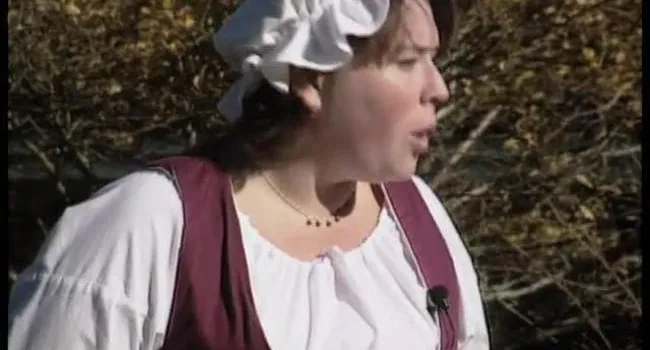In their new exhibit at Riverbanks Zoo and Botanical Garden, butterflies are the “jewels of the sky.” A cloth-covered display lets in sun and rain, but doesn’t let the butterflies out. The plants in the display are attractive to butterflies because of their colorful flowers. The exhibit houses over 20 different species and some 300 individuals. Many of the butterflies are native to South Carolina, including swallowtails, monarchs, sulfurs, and yellows.
The life cycle of a butterfly includes the stages of egg, caterpillar, chrysalis, and adult. Zoo workers put the chrysalis they receive in a hatching box. It takes a few days to two weeks for a butterfly to emerge from the chrysalis. The chrysalis becomes very thin before the adult emerges. The lifespan of a butterfly is only seven to14 days.
Females drum on leaves to find the right food source on which to lay eggs. Males puddle, or take up nutrients and water from puddles and wastes. Flight patterns of butterflies vary from slow and deliberate to sporadic. Their colors sometimes mimic tree bark and leaves, or even other butterflies. The viceroy is a perfect example of mimicry because its colors are just like those of a monarch. Monarchs are distasteful to birds; therefore the viceroy is protected. Monarchs make a yearly migration from Canada to Mexico. This trip takes all summer and requires several generations to complete the journey.
If you would like to start your own butterfly garden, plant as many flowers as possible. The butterfly bush and lantana are some of the butterflies’ favorites. They also like water, where they can land on the ground or a rock and drink.
The zoo also has a clinic for raptors and their rehabilitation. Raptors are large birds of prey. The zoo takes in birds that have been injured by car accidents or gunshots. This service is available 24 hours a day. Medical specialists get a thorough history from the person bringing in the bird, assess the bird’s major problems, and make sure the bird has good nutrition. X-rays are also taken to see if the bird needs surgery. Once the raptor is well, it is handed over to a raptor rehabilitation facility.
Standards
- Life Science: Characteristics and Growth of Organisms
- 4.L.5 The student will demonstrate an understanding of how the structural characteristics and traits of plants and animals allow them to survive, grow, and reproduce.
- 4.L.5B Plants and animals have physical characteristics that allow them to receive information from the environment. Structural adaptations within groups of plants and animals allow them to better survive and reproduce.
- 4.L.5B.2 Construct explanations for how structural adaptations (such as the types of roots, stems, or leaves; color of flowers; or seed dispersal) allow plants to survive and reproduce.
- 4.L.5B.3 Construct explanations for how structural adaptations (such as methods for defense, locomotion, obtaining resources, or camouflage) allow animals to survive in the environment.
- 4.L.5B Plants and animals have physical characteristics that allow them to receive information from the environment. Structural adaptations within groups of plants and animals allow them to better survive and reproduce.
- 4.L.5 The student will demonstrate an understanding of how the structural characteristics and traits of plants and animals allow them to survive, grow, and reproduce.
- Life Science: Diversity of Life – Classification and Animals
- 6.L.4 The student will demonstrate an understanding of how scientists classify organisms and how the structures, processes, behaviors, and adaptations of animals allow them to survive.
- 6.L.4A Life is the quality that differentiates living things (organisms) from nonliving objects or those that were once living. All organisms are made up of cells, need food and water, a way to dispose of waste, and an environment in which they can liv...
- 6.L.4B The Animal Kingdom includes a diversity of organisms that have many characteristics in common. Classification of animals is based on structures that function in growth, reproduction, and survival. Animals have both structural and behavioral adap...
- 6.L.4B.2 Obtain and communicate information to explain how the structural adaptations and processes of animals allow for defense, movement, or resource obtainment.
- 6.L.4B.3 Construct explanations of how animal responses (including hibernation, migration, grouping, and courtship) to environmental stimuli allow them to survive and reproduce.
- 6.L.4 The student will demonstrate an understanding of how scientists classify organisms and how the structures, processes, behaviors, and adaptations of animals allow them to survive.



































